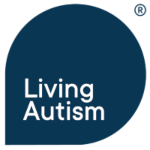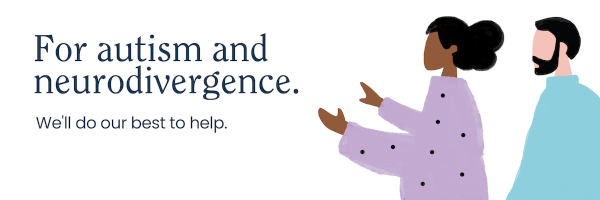There is not a strong evidence base for many of the interventions offered to people with Autism Spectrum Disorder / Asperger Syndrome. Much of the evidence is based on “single case” (Sze, K.M. & Wood, J.J., 2008). Enhancing CBT for the Treatment of Autism Spectrum Disorders and Concurrent Anxiety. Behavioural and Cognitive Psychotherapy, 36, 403-409).
We, at Axia ASD Ltd have found the following approaches to be of most benefit to the individuals and their families which is echoed in our outcome data.
Understanding the behaviour
Particularly in children, an acknowledgement that all of the behaviour observed is seen as meaningful communication and an acknowledgement that the world can be a confusing and, at times, frightening place for the individual. We try to gain an empathic understanding as to how the individual views their world, for example, any sensory sensitivities they may have and try to put in place adaptations to reduce sensory overload, for example, ear muffs, glasses and also pursuing the potential diagnosis for Irlen Syndrome/Scotopic Sensitivity. For an interesting description of how the world can be perceived, the following may prove extremely useful:
“Life Through A Kaleidoscope” written by Paul Isaacs and James Billett, published by Chipmunk Publishing in 2013.
Post-Diagnostic support
Post-diagnostic support in line with NICE guidelines (NICE Guidelines for Adults and NICE Guidelines for Children) is offered to the individuals and their families, partners, friends, brothers and sisters. We try to help everyone see this new diagnosis as a positive identity which brings with it many strengths, for example, attention to detail and honesty.
We use the attached Transition Curve to try to help people see how they are adjusting to the diagnosis. This can be especially important if different family members involved are at different points in the transition curve which can lead to conflict between family members.
As a service we have come to realise that the adjustment process is much more complicated, much longer and much more painful than we had at first realised, even in people who initially expressed relief at receiving the diagnosis. We have also become increasingly aware of the impact of diagnosing one person in the family and the subsequent impact on immediate and wider family members, both in relation to their response of the family member’s diagnosis and in reflecting on their own lives.
We do psycho-educational work, particularly with individuals so that they explore and gain a greater understanding of what is Autism and more importantly how it affects them on a day-to-day basis. We attach a Venn diagram to try to explain how complex neurodiversity can manifest itself as we have found that many of the people we see have more than one specific learning difficulty or need and often have additional needs such as Dyspraxia, Attention Deficit Hyperactivity Disorder, Irlen Syndrome, Dyslexia and so on.
We provide all our clients with an information sheet post-diagnostically. This contains useful websites, contact telephone numbers and written materials personally recommended by either ourselves or previous clients.
We also try to help the individual understand or at least learn many of the unwritten social rules so that they can participate safely within society and with all forms of social media, for example, Facebook.
Cognitive Behavioural Therapy – modified
Cognitive Behavioural Therapy is often offered for people with Autism/Asperger Syndrome. Our Assistant Psychologist is currently doing a qualitative research project asking people their experiences of Asperger Syndrome which we hope we will publish in the near future.
From the preliminary data that has been collected from interviewing clients, it has been found that having a CBT therapist who is understanding of the condition, and is willing to make moderations to treatment, is imperative for therapeutic success. Some of the main characteristics that have arisen that make CBT a successful treatment option for individuals with Asperger syndrome include; an understanding therapist, having therapy in the same clinic and therapy room, keeping the session to around an hour and mutual session planning for the next appointment. These factors have been found to lessen the extent of anxiety and anticipation that may be experienced by individuals with Asperger Syndrome who are receiving treatment, thus allowing them to feel as prepared and as comfortable as possible so that they may fully engage with the therapy.
Specialist support
NICE Guidelines for the management and intervention in children have been issued recently and the importance of early intervention has been stressed. It is our experience, however, when we have diagnosed people in later life, for example, in their sixties, and indeed seventies, that given specialist support and increasing the understanding for the individual and those around them post-diagnostically, it is still possible to see people realise their full potential and often lose the diagnosis of “treatment resistant depression” and become happier.



